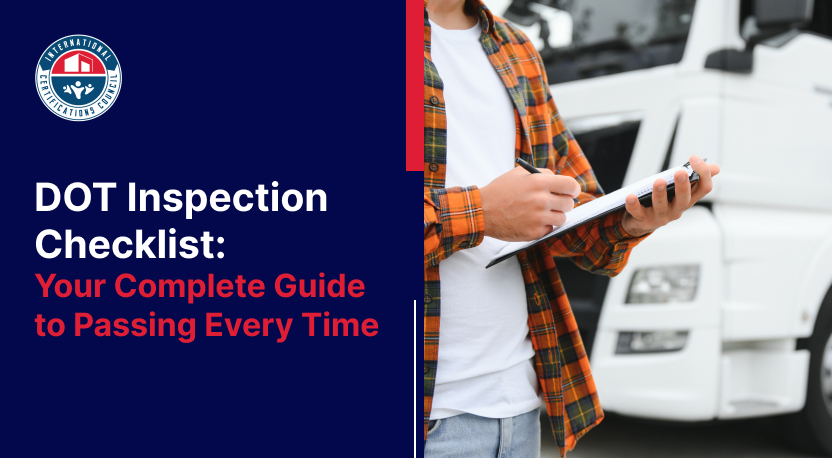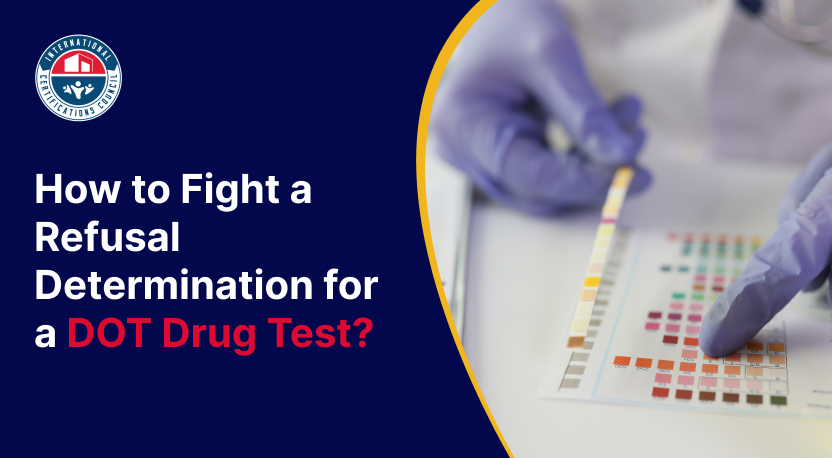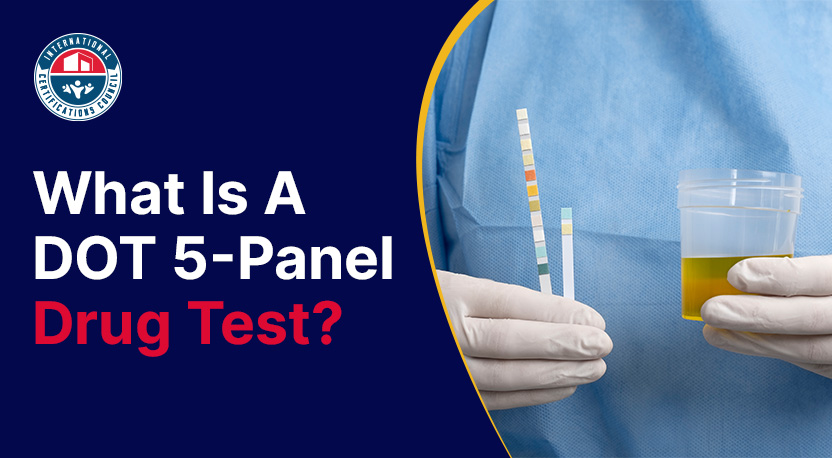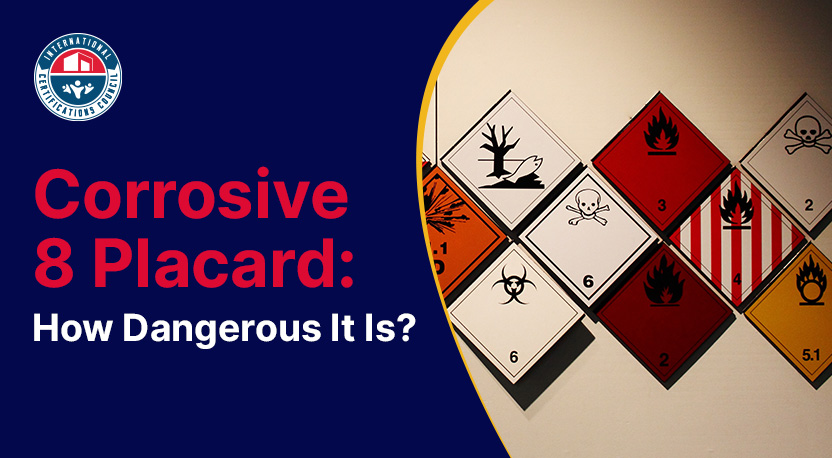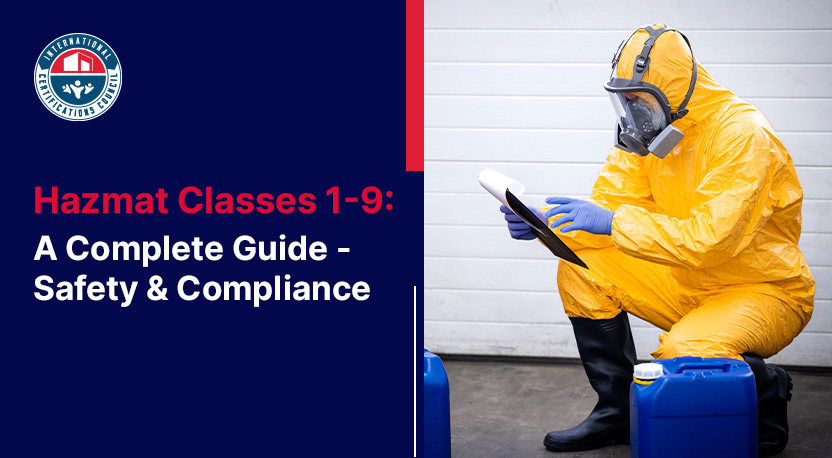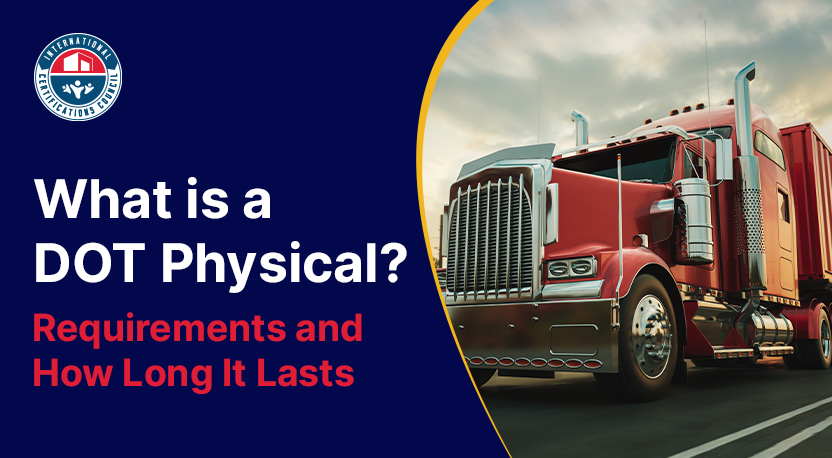Why are DOT rules and regulations for truck drivers important?
Picture this: a massive 18-wheeler barrels down the highway, its driver exhausted, brakes squeaking, and cargo teetering over the edge.
It’s a terrifying thought, right?
Thankfully, the Department of Transportation (DOT) steps in to keep this nightmare from becoming reality.
The DOT is a federal agency tasked with overseeing the safety and efficiency of the nation’s transportation systems, including trucking.
For truck drivers, DOT compliance is more than just a checklist—it’s a set of rules that keeps them, other drivers, and their loads safe.
So, what is DOT compliance, and why does it matter? Let’s break it down.
What Is DOT Compliance?
When people ask “What is DOT compliance?” or search “DOT compliance meaning,” they’re usually looking for a simple definition.
It is the ongoing process of meeting every safety‐related requirement the DOT sets for commercial carriers and drivers.
These requirements live primarily in the Federal Motor Carrier Safety Regulations (FMCSRs) and the Hazardous Materials Regulations (HMRs).
The DOT writes the rules, but FMCSA does the day-to-day enforcement through audits, roadside inspections, and its Compliance, Safety, Accountability (CSA) scoring program.
Because CSA scores are calculated from the Safety Measurement System (SMS)—a two-year rolling database of inspection and crash data—carriers that repeatedly violate rules quickly land on FMCSA’s radar for interventions or onsite investigations.
Why DOT Rules and Regulations for Truck Drivers Matter?
Following DOT rules slashes those risks, saving lives and cutting down on costly fines. Here’s why DOT rules are important for truck drivers:
- Public safety. Fatigue, equipment failure, or impaired driving involving an 80,000-lb tractor-trailer can be catastrophic. DOT rules are designed to lower that risk.
- Business continuity. Out-of-service orders or a conditional safety rating can halt operations overnight and scare away shippers.
- Financial exposure. Updated for 2025, maximum civil penalties exceed $75,000 per violation in certain categories, with revocation of operating authority for habitual offenders.
- Reputation. CSA scores are public, so poor performance can hurt driver recruiting and customer trust.
For more knowledge, read our detailed blog “DOT and FMCSA Compliance Checklist for Truck Drivers: A Comprehensive Guide”.
Core Pillars of DOT Regulations
The DOT has established several key regulations to keep the trucking industry running smoothly and safely. Here’s a high-level look at some of the most important ones:
1. Driver Qualification Files (49 CFR §391)
Every carrier must keep a Driver Qualification (DQ) file for each CDL driver. Required contents include the application for employment, motor-vehicle record checks, previous‐employer inquiries, a valid medical examiner’s certificate, proof of road test or equivalent, and annual reviews. Missing or outdated documents are among the most common audit findings.
Pro tip: Set calendar reminders for expiring medical cards and MVR pulls to avoid last-minute scrambles.
2. Hours of Service (HOS) Limits (49 CFR §395)
HOS rules cap how much a driver may work to combat fatigue:
- 11-hour driving limit within a 14-hour window
- 30-minute break after 8 hours of driving
- 60/70-hour weekly limits with a 34-hour reset
- Flexible sleeper-berth splits (7/3 or 8/2) added in 2020 reforms
These federal limits apply across the U.S. and override state-specific break laws, as confirmed by several court decisions.
High-level tip: ELD data is only half the battle; you still need policies that explain how to use adverse-conditions or short-haul exceptions correctly.
3. Vehicle Inspection, Repair & Maintenance (49 CFR §396)
Carriers must systematically inspect, repair, and maintain all vehicles under their control. Drivers must complete daily Vehicle Inspection Reports (DVIRs) and carry proof of annual inspections. Auditors frequently request the last 12 months of maintenance records to verify systematic scheduling.
4. DOT Drug & Alcohol Testing (49 CFR Part 40)
All CDL drivers who cross state lines, haul hazardous materials, or operate vehicles over 26,001 lbs fall under DOT testing rules. A compliant program includes:
- Pre-employment negative test
- Random selections (minimum 50% for drugs; 10% for alcohol in 2025)
- Post-accident, reasonable-suspicion, return-to-duty, and follow-up tests
Program administration errors—such as late random pulls—count against the carrier, not the consortium.
5. Safety Measurement System & CSA Basics
Seven Behavior Analysis & Safety Improvement Categories (BASICs) drive CSA scores:
- Unsafe Driving,
- Crash Indicator,
- HOS,
- Vehicle Maintenance,
- Controlled Substances & Alcohol,
- Hazardous Materials,
- And driver Fitness.
Carriers above the intervention threshold in any BASIC can receive warning letters, targeted roadside inspections, or full compliance reviews.
6. Recordkeeping & Documentation
Beyond specific files, carriers must be ready to produce:
- Accident registers (3-year retention)
- ELD backups (6 months)
- Drug & alcohol records (1–5 years, depending on type)
- Audit trails for corrective actions during safety reviews
Well-organized records speed audits and can demonstrate “good faith” in penalty negotiations.
Penalties for Non-Compliance
FMCSA weighs violation severity, crash risk, and history when deciding penalties. The 2025 inflation adjustment raised many maximum fines, for example:
| Violation Type | Max Penalty (2025) | CFR Reference |
| Recordkeeping (knowing falsification) | $16,864 per day | 49 U.S.C. §521(b)(2)(F) |
| HOS egregious violation | $18,000 per driver | 49 CFR §395 |
| Hazardous Materials (willful) | $89,678 | 49 U.S.C. §5123(a) |
Repeated patterns can trigger out-of-service orders or revocation of operating authority.
Getting Started: A Practical Compliance Checklist
| Step | What to Verify | Why It Matters |
| Build complete DQ files | Application, MVRs, medical card, road test | Foundation of driver fitness |
| Audit ELD logs weekly | HOS limits, unassigned driving | Prevents falsification & CSA points |
| Schedule preventative maintenance | 90-day interval or per OEM | Avoids roadside OOS orders |
| Track drug-test dates | Random pool, post-accident triggers | Federal mandate |
| Monitor CSA scores monthly | BASIC alerts | Early warning of issues |
Use this as a living document; add state-specific rules as needed.
Level-Up Your Knowledge
DOT compliance is the backbone of a truck driver’s job. It’s what keeps the wheels turning safely and legally, from hours on the road to the condition of your rig.
This blog gives you the basics—what is DOT compliance, its meaning, and the key rules to know—but there’s a whole lot more out there.
Want to master these regulations and boost your career?
ICCouncil’s online training course library is ready for you.
Whether you’re a fleet owner striving for spotless audits, a safety manager building a rock-solid compliance program, or an employee who needs certification to stay on the road, our self-paced courses put expert guidance at your fingertips.
Explore the DOT compliance and regulations courses today!

